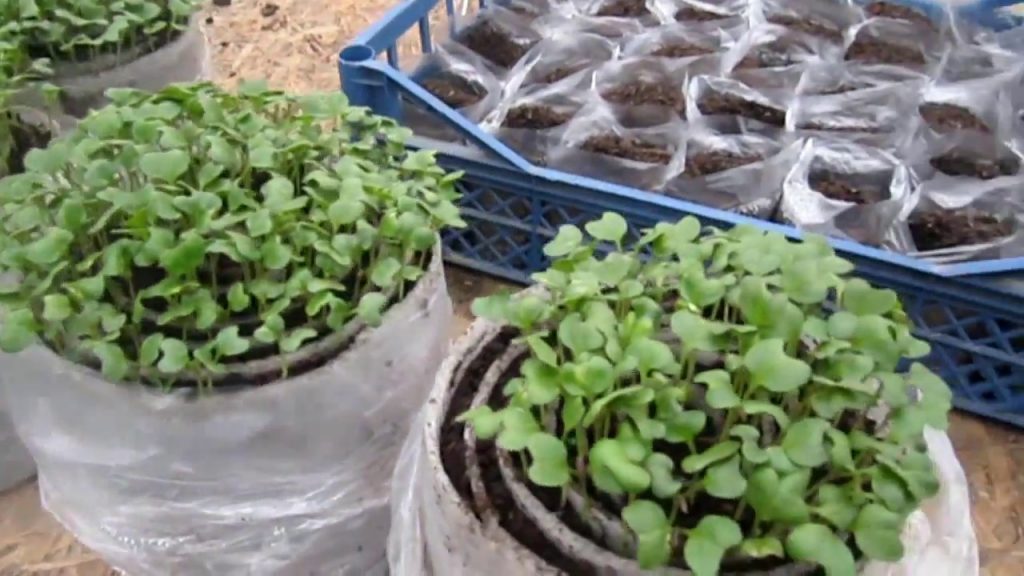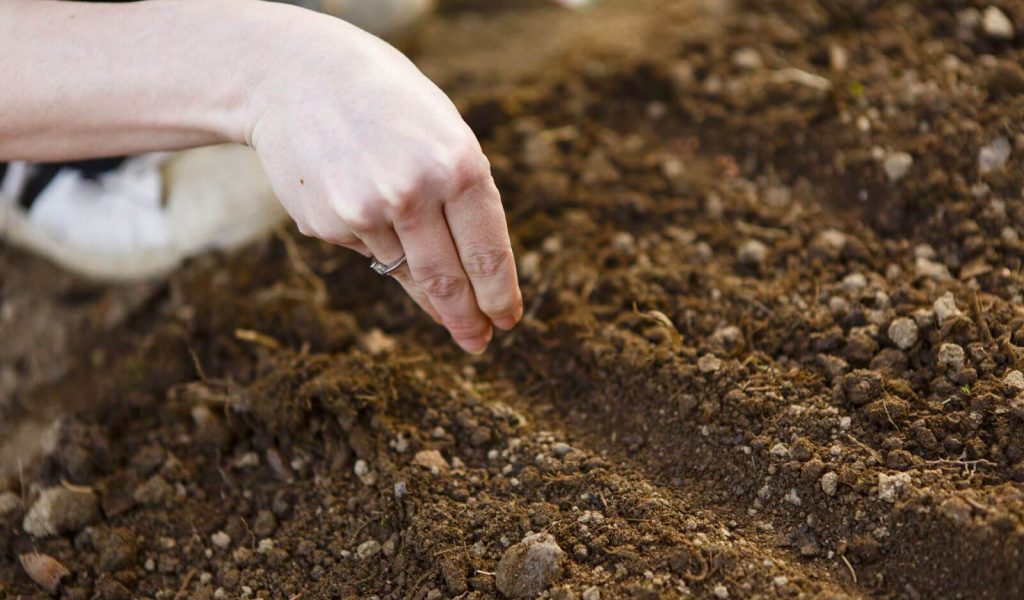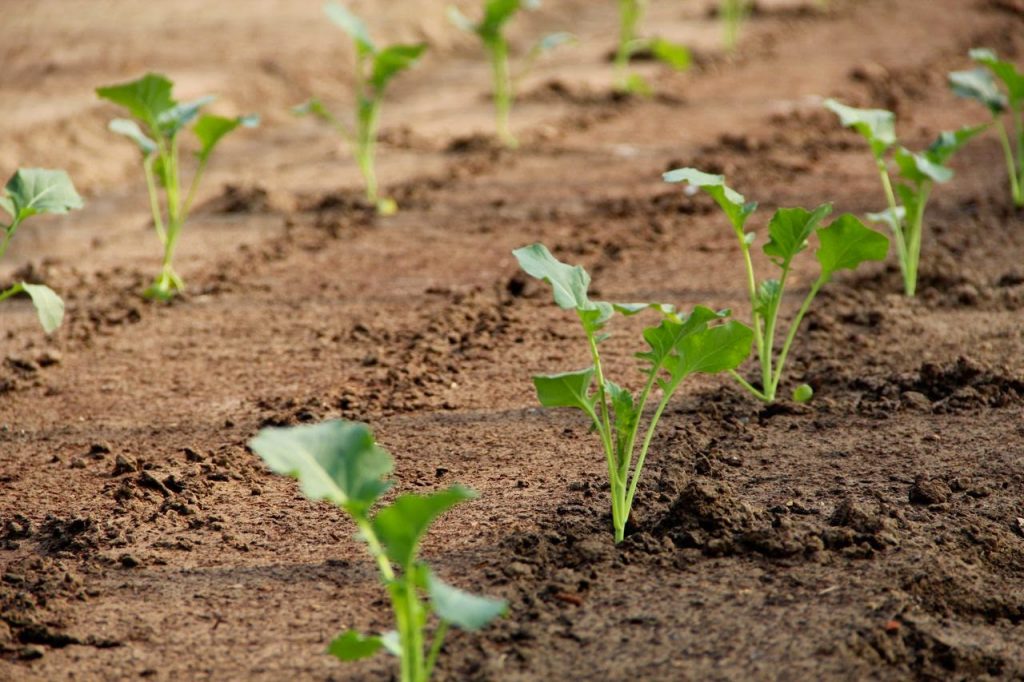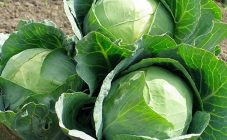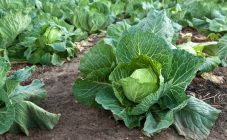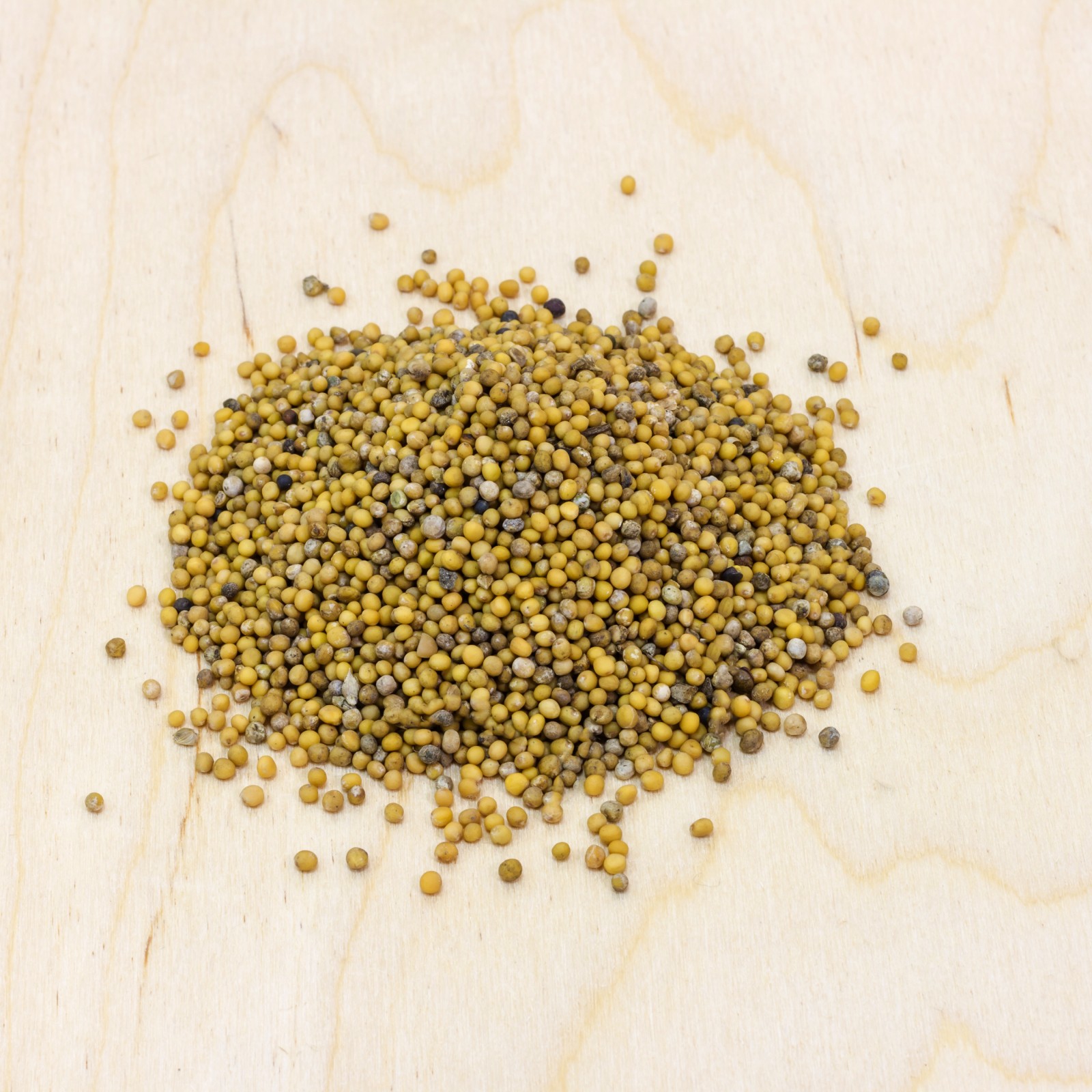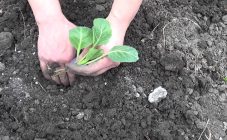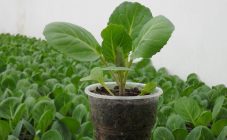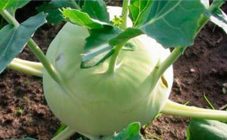Content:
Cabbage came to Russia from the Mediterranean, where its wild relatives still grow. There are more than 100 varieties of culture around the world, but only a small part of them lend themselves to cultivation. Since ancient times, the most popular is the cabbage type.
More about culture
Cabbage is a product that appeared long before our era in ancient Egypt. The first courses with vegetables were dessert and were prepared only on special occasions. For the Egyptians, cabbage was an important healing element, curing any ailment and prolonging young life.
In Rome, it was prepared for legionnaires to increase strength and endurance. No warrior could go on a campaign without a container with a cabbage-based elixir. It was believed to help stop bleeding and heal any wounds.
The product is known to contain large amounts of vitamin C, mineral salts and acids. A fermented vegetable is considered especially useful, due to the even higher content of vitamins. Fiber helps to cleanse the body of toxins and toxins, restore intestinal performance.
Today there are many different healthy cabbage varieties that can be grown for home use:
- White cabbage - has a dense, large head of cabbage. Contains an extensive vitamin composition. Recommended when it is necessary to remove fluids from the body and to improve the performance of the heart;
- Red Cabbage - blue-purple in color, useful due to its rich vitamin composition. It is actively used in cosmetology;
- Brussels sprouts - has small heads of cabbage. Gourmets prefer to eat it. The product is recommended for feeding people with diseases of the cardiovascular system;
- Cauliflower - has fleshy edible tops. It can be of different colors, from white to purple. It is saturated with vitamin C, quickly and easily digested by the body;
- Savoy cabbage - has corrugated foliage, because of this, the head of cabbage has a loose structure. Rich in nitrogenous substances that promote the removal of stones and sand from the kidneys;
- Broccoli cabbage - has large heads with small green buds. In appearance it is similar to Cauliflower, but it contains more minerals and vitamins. It is a natural antioxidant. Contains:
- vitamins: A, PP, C, E and group B;
- minerals: iron, potassium, calcium, carotene, copper, iodine, magnesium, manganese, sodium, phosphorus, boron, chromium;
- proteins and carbohydrates.
- Kohlrabi Cabbage - has a rounded, medium-sized stem that is eaten. Contains many natural saccharides and ascorbic acid;
- Peking cabbage - can be kale, cabbage and semi-pumped. Useful due to the content of mineral salt, potassium, iron and calcium;
- Chinese cabbage (bok-choy) is rich in proteins, carbohydrates, natural fats. Especially appreciated for its fiber, which helps cleanse the body of toxins, toxins and cholesterol;
- Sea cabbage - rich in iodine, phosphorus and sodium. Its periodic use is recommended by doctors, regardless of age;
- Cabbage Russian mustard (Sarepta) - mostly used as a popular and healthy culinary spice. Contains many vitamins, has a bitter, unobtrusive taste.The cabbage sapling is mid-season, and produces flowers around May.
Useful properties of culture
The white-headed product is one of the sources of rare vitamins U and K, which actively fight stomach ulcers. By the content of vitamin C, which persists for a long time, the vegetable can compete with citrus fruits. 200 g of cabbage per day will be enough for the body to receive its daily requirement.
Cabbage juice is an excellent remedy for inflammation of the gums. Also, the drink is considered a natural absorbent that neutralizes the effect of alcohol. Fresh juice with added sugar is used to treat inflammatory processes in the lungs, restore voice and heal ligaments.
The culture is rich in carotene, vitamins of group B, A, PP, P, H, provitamin D. One cannot but say about lactic acid, minerals such as phosphorus, potassium, calcium, magnesium and many others. The product is especially appreciated due to its high fiber content. The vegetable does not contain starch and sugar, which allows diabetics to eat it. It is forbidden to eat only certain types of cabbage containing sucrose. Recommended for people with obesity problems.
When and how to sow cabbage for seedlings
All gardeners want their site to have their own early, mid-season cabbage and, of course, a winter variety for harvesting. Reproduction of the usual varieties of cabbage is carried out by seeds. In the old fashioned way, initially the seeds can be sown on seedlings and grown indoors or immediately in the garden.
The planting date can be shifted, therefore, in order to plant the seed on time, it is better to calculate the period directly for each selected variety.
Depending on its ripening, the period when you need to sow cabbage for seedlings will look like this:
- Planting early varieties - the month of March, starting from the 15th. Seedlings germinate from 40 to 60 days;
- Sowing mid-season varieties begin after March 20 and April 12. Seedlings sprout for 45 days;
- We sow late-ripening cabbage for seedlings in April, starting from the 10th to the 20th. You can plant grown seedlings in the ground within 35 days after sowing.
The preparation scheme looks like this:
- First you need to select the seeds from which the seedlings will germinate. It is necessary to weed out small and empty seeds. Calibration is carried out by bathing the material in a salt mixture. To prepare it, dissolve 40 g of salt in a liter of liquid. After placing the seeds in the container, wait until the empty ones float;
- You can speed up the cultivation of seeds through warming up. This stage is one of the most difficult, because you need to get a thermostat. Warming up will help reduce the time for seedlings to emerge.
The stage must be divided into several actions:
- Step 1 - ensuring a temperature of 30 degrees above zero for 2 days;
- Step 2 - a gradual increase in temperature to 50 degrees Celsius for 3 days;
- the last 3 step is the maximum smooth rise to 70 degrees above zero, in this temperature regime the seeds germinate for another 4 days.
- It is necessary to decontaminate the seed surfaces to protect them. The solution for processing is prepared as follows: 1 mg of potassium permanganate is dissolved in 100 ml of water. Soak the seed in the solution for 20 minutes, drain the solution, wash thoroughly. Dry the seeds until they are free flowing. For a similar purpose, you can use aloe, which is more than a year old, and garlic gruel. The main task is to destroy parasites;
- Growth stimulation - wood ash or chemicals can be used, at your discretion;
- Development of immunity to frost. After all the preparation, put the seeds in a container and place in a low temperature environment, for about 7 days;
- It is believed that if you soak the seeds before planting, you can see the seedlings a few days earlier.
You can only find out the result by doing all these actions. From the experience of many gardeners, each of the steps described above is useful in its own way in the process of growing cabbage seedlings. Although many people use only the last stage, bypassing the first 5 points.
The soil
To grow seedlings at home, it is better to choose purchased soil with neutral acidity.
An alternative to purchased land can be self-prepared soil, in the proportion:
- 20% sod land;
- 75% peat;
- 5% river sand.
The seed was prepared, acquired soil, it is not worth the time with planting. The soil mixture is poured into a container, preferably a long pot. It will not be superfluous to treat it with a fungicide against the fungus. The first step is to make grooves, with a distance of at least 3 cm from each other. The resulting strip should be about a centimeter deep. The seeds are planted at a distance of 1.2 cm between the seeds. After planting, the pots are placed in a warm, sunny room, with an air temperature of at least 20 degrees. For several days after the seedlings germinate, the container can be moved to a cooler place.
Transfer
2 ways of further germination of cabbage seedlings are considered popular among gardeners:
- Gradually plant seedlings after picking. After the appearance of the first shoots, a pick is made, so that there is a distance of at least one and a half centimeters between the units. After 7 days, the seedlings need to be transplanted into sections, each dug in cotyledon leaves. After another 15-20 days, the sprouts are seated in separate containers, plunging to the level of the first leaves.
- After the sprouts appear, they are allowed to grow stronger. Each seedling can be transplanted into a larger container. When planting, 2/3 of the main root is cut off. Such actions will help make the root system more branchy.
During the period when cabbage can be planted after sowing, there should be at least 6 leaves on the seedlings. It is necessary that the root system is sufficiently developed.
Approximate terms for planting seedlings in open soil:
- From late April to early May, an early ripe variety is transplanted;
- From late May to early June - transplant time for mid-season cabbage;
- Mid-May is the planting period for late varieties.
Consequences of improper landing
To get a decent harvest of cabbage, it is important to grow healthy and robust seedlings.
Errors affecting the quantity and quality of fruiting:
- It is necessary to accurately determine the variety. An incorrectly selected variety makes planting ineffective;
- Selection of quality seed. You should not plant seeds that have been stored for a long time, expired or were stored incorrectly. The yield directly depends on the seed;
- Planting seed in the wrong or poor-quality soil can lead to sore seedlings;
- Incorrectly selected planting period. Early or, conversely, late planting leads to the loss of seedlings and future fruits;
- Ignoring pre-sowing seed preparation;
- Growing seedlings without picking. In this case, the seedlings remain small and stunted, the root system is underdeveloped;
- Lack of lighting;
- Improper watering;
- Placing seedlings in the wrong temperature conditions;
- Lack of dressing.
One way or another, most of the amateurs believe that it is enough to buy a sowing base, sow it in the soil and wait for seedlings. Some seeds will sprout, but their quality will be poor. It should be understood that every action and every missed step in the algorithm at the bookmarking stage will further affect the yield.
